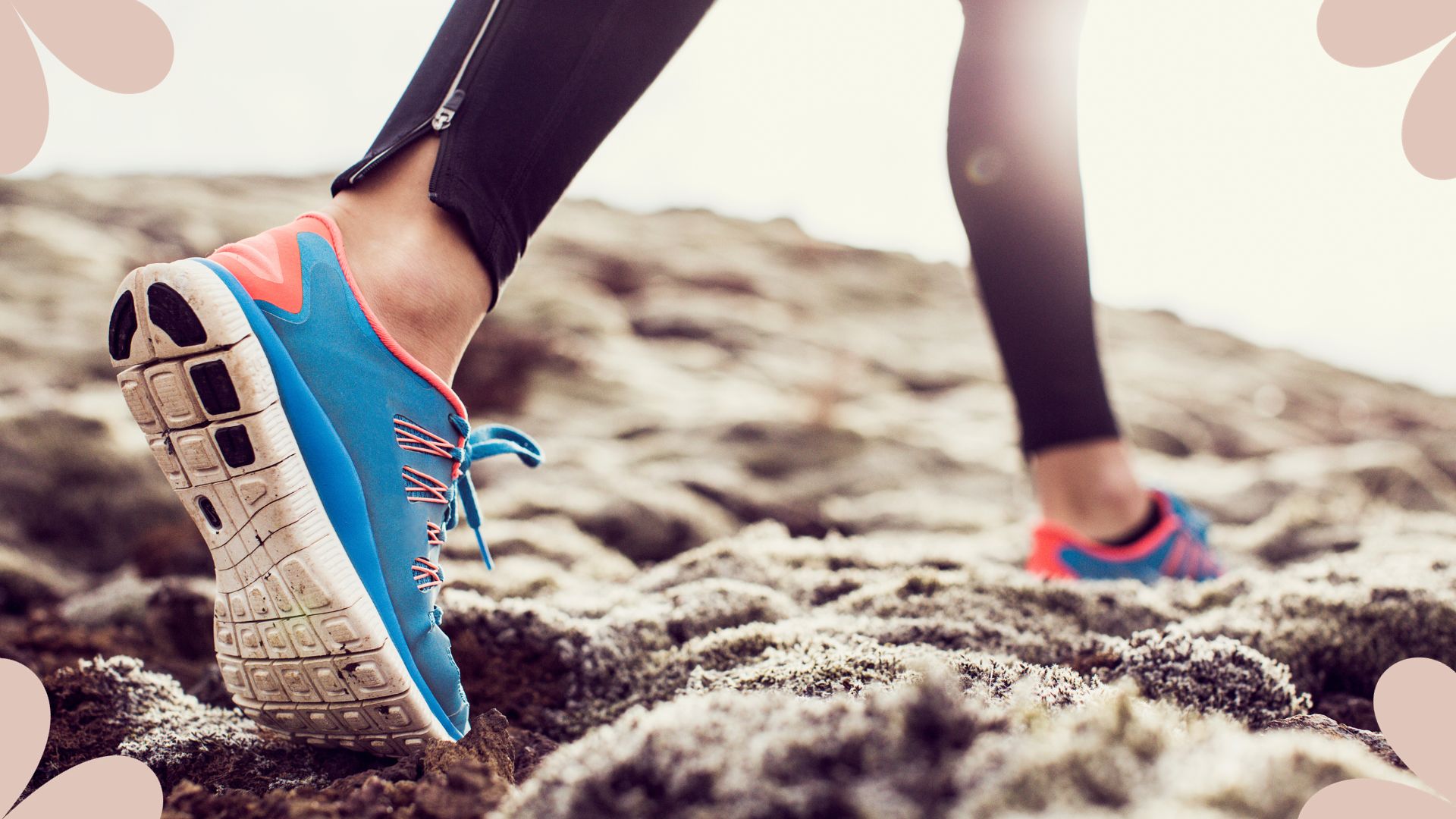
Learning how to clean running trainers and looking after your feet should be a top priority in winter, seeing as our beloved running shoes often come out of winter worse off thanks to the soggy leaves and mud on our usual running routes.
It can be devastating to see your trainers fall victim to muddy puddles and heavy rain, especially if you've invested in a pair of the best running shoes for women. The harsh conditions don't only affect your favourite shoes though, wearing unprotected shoes during your winter workout can pose a threat to the health of your feet as well.
To prevent this, marathon and trail runner Claire Sebburn, who is also an expert at Runner's Need, says a cleaning routine is the way forward. "It’s important to keep your shoes clean and not allow mud to dry and build up," she says. ""Buying a new pair of running shoes is a great feeling, but it’s often not long until they become muddy, dirty, and worn out; whether that’s from the impact of road running or the unpredictable terrain of trail running." So whether you're looking to experience all the benefits of running on trails or on roads this winter, here are some top tips to keep your feet safe and your shoes performing at their best this wet season.
How to clean running trainers
1. Clean your shoes regularly
It may seem obvious but keeping on top of your shoe's cleanliness is a key part of a cleaning routine, especially in the winter months when most paths are covered in mud. It makes a real difference. But not all ways of cleaning are made equal when it comes to our running shoes.
"When cleaning [your running shoes], avoid the washing machine at all costs," urges Sebburn. Certain shoes can't handle high temperatures or be fully submerged in water, as they are not waterproof, so this can do more harm than good.
Instead, Sebburn recommends following the manufacturer's washing instructions or using something gentler like a sponge or toothbrush with warm soapy water. This will keep the shoes just as clean and hygienic but doesn't run the risk of damaging them any further. "While your cleaning routine will depend on how often and where you run, it’s worth spending 15 minutes giving them a quick clean every two to three months to ensure you get the most out of your investment," she says.
2. Store your shoes correctly
Even if you only go running for 20 minutes a day, dirt can build up on your shoes. The last thing on your mind post-run is probably where you're going to put your running shoes but it's a vital step in the cleaning process.
When faced with a soggy pair of running shoes, your mind might immediately go to leaving them on top of or near a radiator, or even throwing them in the dryer for a quick cycle. Although this may be the quickest way, it certainly isn't the best in the long term as it can damage them or cause mould issues. Sebburn also says to avoid leaving them in direct sunlight or back out in the cold and rain.
The best way to deal with weathered shoes, she suggests, is to invest in some Boot Bananas and similar deodorising products. "These are a great way to absorb excess moisture and also prevent your shoes from smelling," she says.
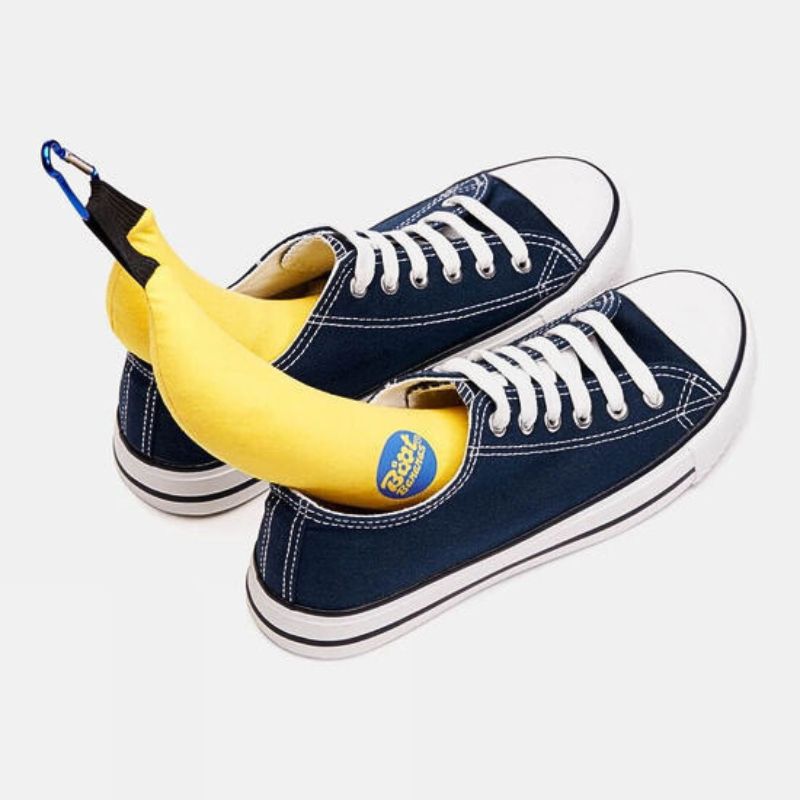
These fun yet effectively shaped shoe deodorisers are an easy and fast way of keeping bacteria and smells at bay. The bamboo charcoal in the bananas eliminates odours by absorbing moisture and releasing dry air.
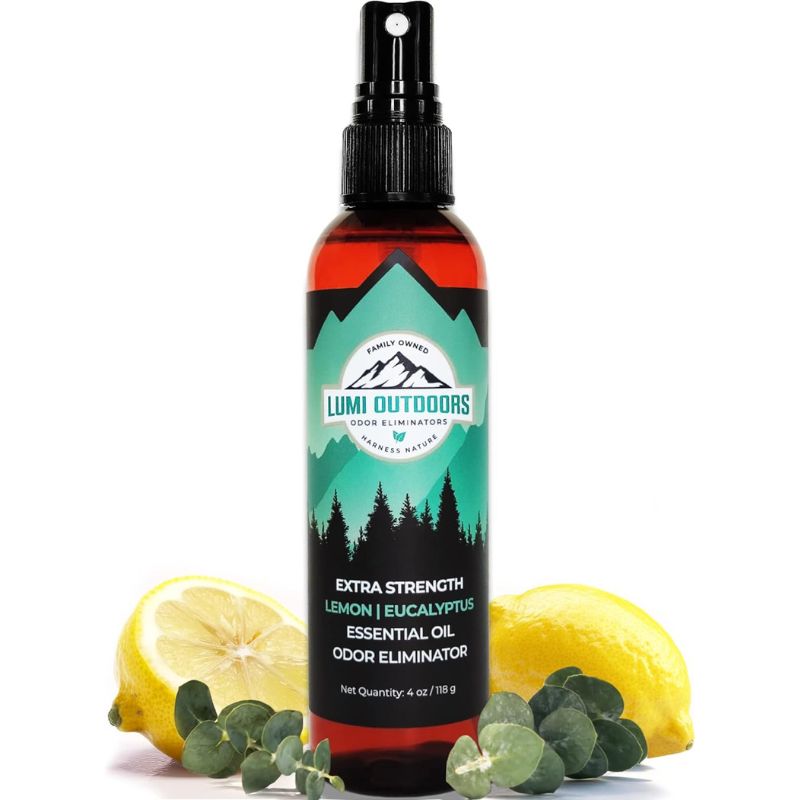
With maximum strength lemon and eucalyptus scent and on average 700+ sprays per bottle, this is a great deal and can be used on pretty much any soft furnishings.
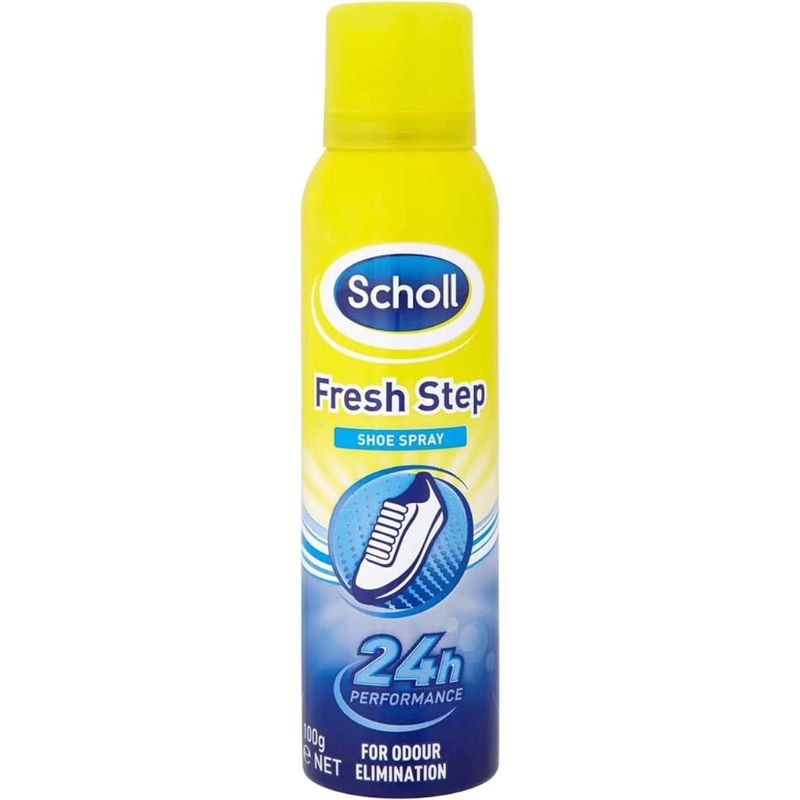
Not only is this a budget-friendly option at just £4 but it also boasts a 24-hour long effect which is great if looking to learn how to clean running trainers and you're running every day.
3. Get your shoes protected
If you're particularly worried about how long your running shoes will last then it can be a good idea to use a spray protector when you first purchase them. Using a spray protector can put your shoes in good stead to last a lot longer, especially if you're planning on keeping up your running schedule through the winter months.
It's not just rain and mud that a good protective spray can help with, Sebburn also recommends using a spray to help with UV rays when you're learning how to clean running trainers as well. Not only will this extra step help your trainers perform better and last longer but your feet will also thank you for it.
4. Rotate between pairs if possible
This step is certainly for those who can afford to splurge on more than one pair of running shoes, but it's worth it if more than one pair fits your budget. For example, you could have a pair of shoes designed for road running and a pair of the best trail running shoes, or a cheaper pair you don't mind getting dirty.
"I would recommend rotating between two pairs of running shoes at the same time, as in the long run, this can work out cheaper," explains Sebburn. "By alternating between two pairs, both could last longer and won’t wear down as quickly."
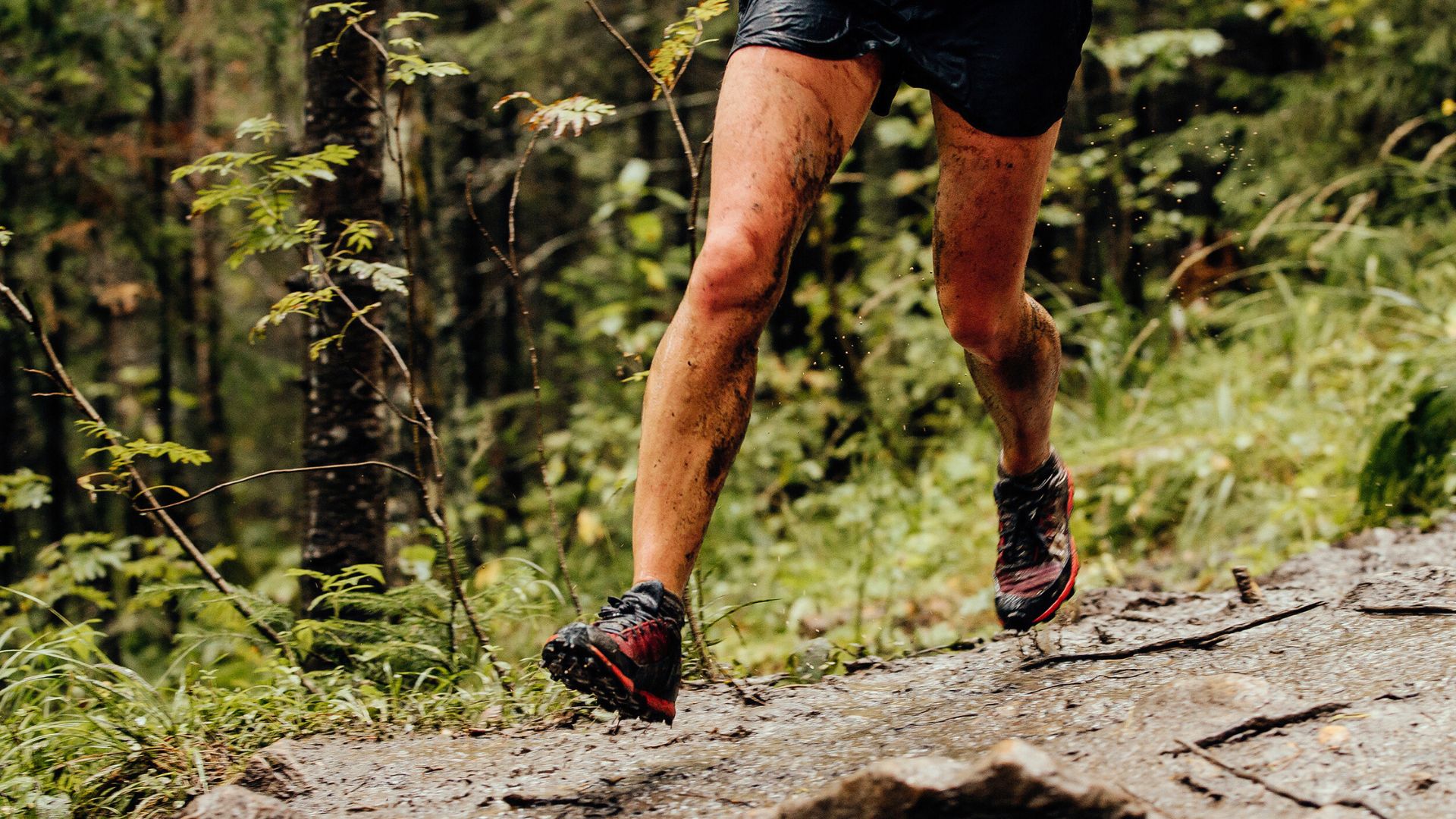
Why is it important to look after our running shoes?
When it comes to any kind of running - from running for weight loss to running meditation - having the right shoes in good condition is essential. They support our feet, keep our toes and ankles safe from impact, and ultimately make the movement a whole lot more pleasurable. However, even the most high-quality shoes can take quite a beating if you're constantly running in them over muddy, wet, and slippery terrain. Looking after your trainers by learning how to clean your running shoes can prolong their life, saving you money while keeping you comfortable.
As Sebburn says: "They stay in top condition for as long as possible [if you know how to clean running trainers], which is not only better for your wallet but the environment too." So while it's important to invest in a long-lasting pair of shoes for performance purposes, keeping them in good condition is equally as important.
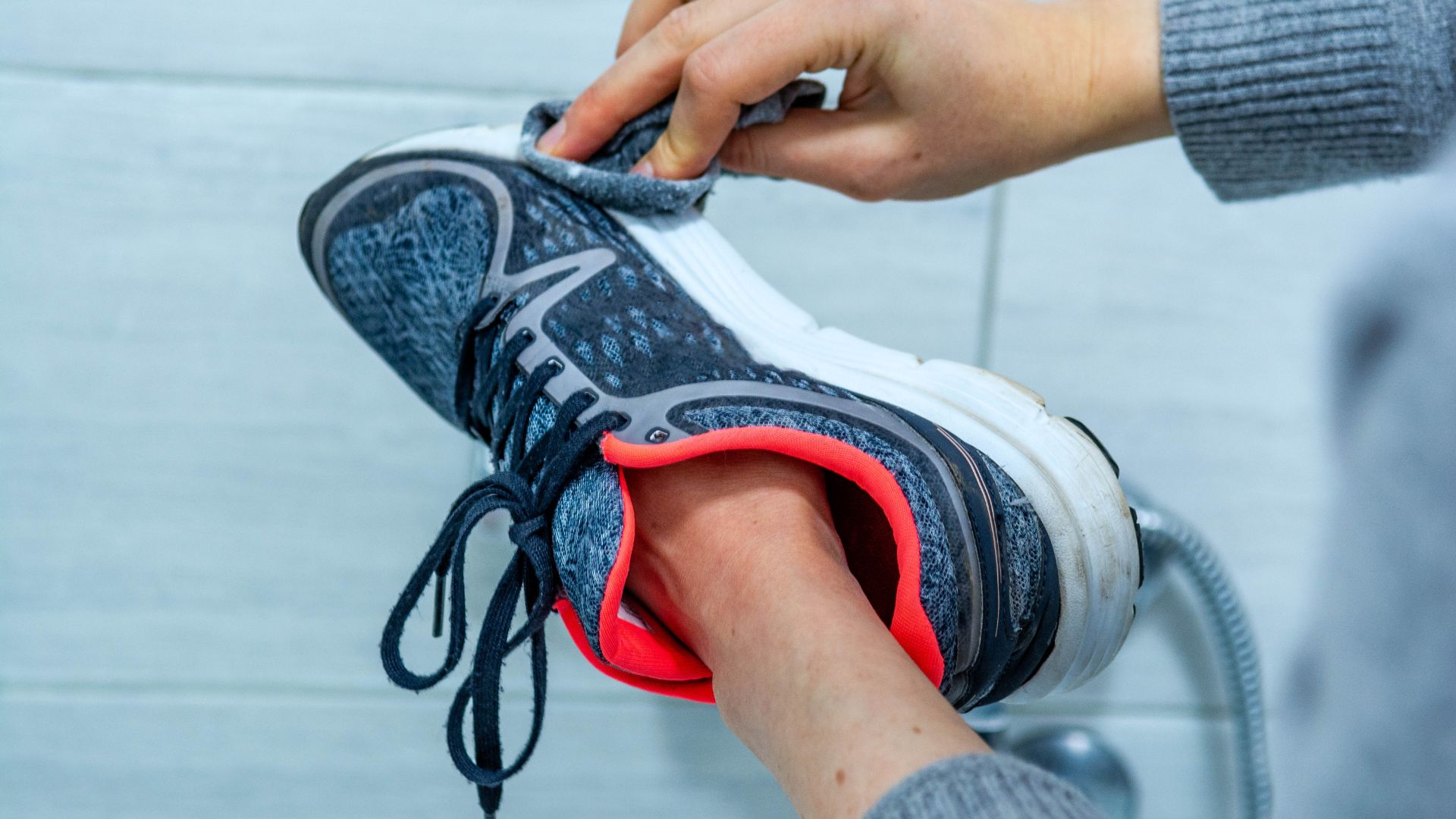
What threats does winter pose to our running shoes?
When it comes to the colder seasons specifically, there are several factors that can make working out in winter a bit of a nightmare. The sudden appearance of puddles on the road, fallen wet leaves, and muddy trails can take its toll on your running shoes pretty quickly, says the running expert. Not only that, but any sudden snowfalls add an extra element of potential damage.
If you're in the market for new running shoes this winter or you've just started learning how to start running as the weather turns, Sebburn suggests picking up some waterproof running shoes with a GORE-TEX membrane upper. This will ensure your shoes are completely waterproof and help keep your feet dry.
She says, "Waterproof shoes will reduce the chance of your socks getting wet, which in turn reduces the chance of blisters and will keep your run comfortable."
So if you're looking to make the most out of your running shoes this winter and enjoy all the benefits of working out in the cold then the key is to prepare your shoes for the weather ahead. Whether that's picking up a protective spray or keeping on top of regular cleans, giving your shoes a little TLC will have you enjoying those soggy runs a lot more.






